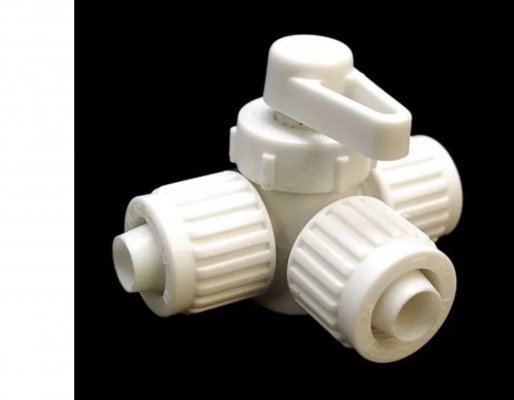Dougie Brown
Well-known member
The plumbing arrangement in the small hold just forward of the main entry door on the passenger side, consists of 1/2" PEX coming from the top of the HW tank, through an inline check valve, then onto the bottom of a T-connector with a 1/4-turn valve. The valve has a cold-water line running through horizontally from dog-knows-where, but it's normal position is set to Off (i.e. the flow from the check valve is allowed to pass through the valve).
The T-valve bust today, also taking out the check valve in the process. The question is:- I don't ever foresee winterizing the RV, so is it necessary to replace the T-connector with a valve type, or can I simply install a normal T-connector? It would mean the whilst the HW flow will work as before, the inline flow through the old T-valve will also be allowed to flow.
Hopefully that's not too obtuse. Meantime we have no water and no wine.
The T-valve bust today, also taking out the check valve in the process. The question is:- I don't ever foresee winterizing the RV, so is it necessary to replace the T-connector with a valve type, or can I simply install a normal T-connector? It would mean the whilst the HW flow will work as before, the inline flow through the old T-valve will also be allowed to flow.
Hopefully that's not too obtuse. Meantime we have no water and no wine.

